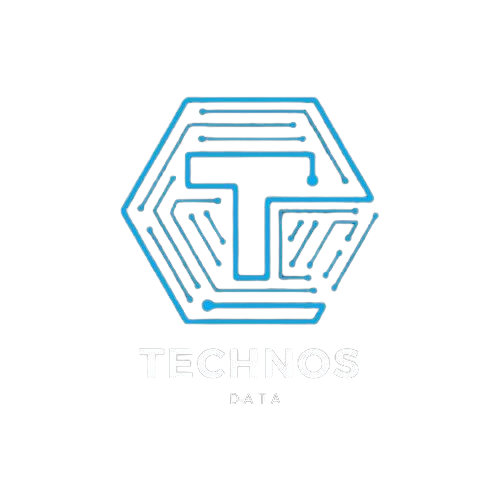Blockchain technology has transcended its origins as the backbone of cryptocurrencies to become a transformative force across various industries. From finance to healthcare, supply chain management to voting systems, the applications for blockchain are vast and diverse. In this article, we’ll delve into some of the coolest and most innovative uses of blockchain technology, exploring how it’s reshaping the way we interact, transact, and innovate.
Understanding Blockchain Technology
Before we dive into its applications, let’s grasp the essence of blockchain technology. Essentially, blockchain is a decentralized and distributed ledger system that records transactions across multiple computers in a tamper-proof and transparent manner. Each block contains a cryptographic hash of the previous block, creating a chain of blocks – hence the name blockchain.
The Immutable Ledger: Security at its Core
One of the fundamental features of blockchain is its immutability. Once a transaction is recorded on the blockchain, it cannot be altered or deleted. This inherent security makes blockchain technology ideal for applications requiring data integrity and trust.
Decentralization: Redefining Trust
Unlike traditional centralized systems where a single authority controls the data, blockchain operates on a decentralized network. This decentralization eliminates the need for intermediaries, fostering trust among participants and reducing the risk of fraud or manipulation.
Applications of Blockchain Technology
Now, let’s explore some of the coolest applications of blockchain technology across various sectors:
1. Supply Chain Management
Blockchain is revolutionizing supply chain management by providing transparency and traceability throughout the entire process. With blockchain, stakeholders can track the movement of goods from the point of origin to the final destination in real-time, ensuring authenticity and minimizing the risk of counterfeit products.
2. Healthcare
In the healthcare industry, blockchain is being utilized to securely store and manage patient records. By decentralizing medical data, patients have greater control over their information while healthcare providers can access accurate and up-to-date records, leading to improved patient care and outcomes.
3. Voting Systems
Blockchain technology has the potential to revolutionize voting systems by enhancing security and transparency. By recording votes on a tamper-proof ledger, blockchain can prevent voter fraud and ensure the integrity of election results, thus bolstering trust in democratic processes.
4. Intellectual Property Protection
Protecting intellectual property rights is critical in today’s digital age, and blockchain offers a solution to this challenge. By timestamping creations and storing them on the blockchain, artists, writers, and inventors can prove ownership and prevent unauthorized use or reproduction of their work.
5. Digital Identity Management
Blockchain-based digital identity management systems are empowering individuals to take control of their online identities. By securely storing personal information on the blockchain, users can verify their identity without relying on centralized authorities, enhancing privacy and security online.
6. Financial Services
In the realm of finance, blockchain is disrupting traditional banking systems by enabling faster, cheaper, and more secure transactions. Cryptocurrencies like Bitcoin and Ethereum have paved the way for peer-to-peer payments, smart contracts, and decentralized finance (DeFi) platforms, democratizing access to financial services globally.
7. Real Estate
Blockchain technology is streamlining real estate transactions by digitizing assets and automating processes such as property ownership verification and title transfers. Through tokenization, investors can buy fractional ownership of properties, unlocking new opportunities in the real estate market.
Developing Blockchain Applications
Now that we’ve explored some innovative applications of blockchain technology, you might be wondering how to develop your own blockchain application. Here are some steps to get started:
1. Define Your Use Case
Identify a specific problem or inefficiency in your industry that blockchain technology can solve. Whether it’s supply chain tracking, digital identity management, or decentralized finance, clarifying your use case is crucial for developing a successful blockchain application.
2. Choose the Right Blockchain Platform
Selecting the appropriate blockchain platform is essential for your project’s success. Consider factors such as scalability, security, and community support when choosing between public blockchains like Ethereum or private blockchains like Hyperledger.
3. Design Your Application
Once you’ve chosen a blockchain platform, it’s time to design your application. Define the architecture, user interface, and smart contracts that will power your blockchain solution. Collaborate with developers and designers to create a user-friendly and functional application.
4. Test and Deploy
Before launching your blockchain application, thoroughly test it for bugs, vulnerabilities, and usability issues. Conduct alpha and beta testing with real users to gather feedback and make improvements. Once you’re confident in your application’s stability, deploy it to the blockchain network.
5. Iterate and Improve
The development process doesn’t end after deployment. Continuously monitor and evaluate your blockchain application, collecting data on performance, user engagement, and security. Iterate based on feedback and market trends to ensure your application remains relevant and competitive.
Conclusion
Blockchain technology is more than just the foundation of cryptocurrencies – it’s a powerful tool for innovation and disruption across various industries. From supply chain management to healthcare, voting systems to intellectual property protection, the applications for blockchain are vast and ever-expanding. By understanding the core principles of blockchain and harnessing its potential, businesses and developers can unlock new opportunities and shape the future of technology.

